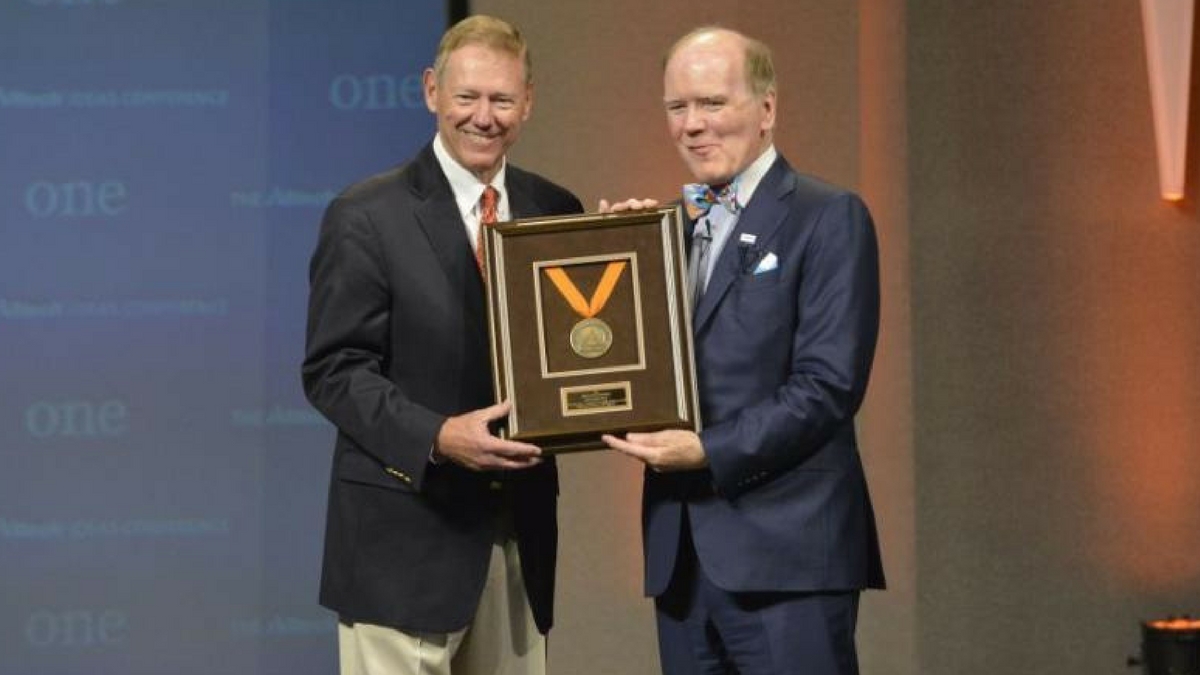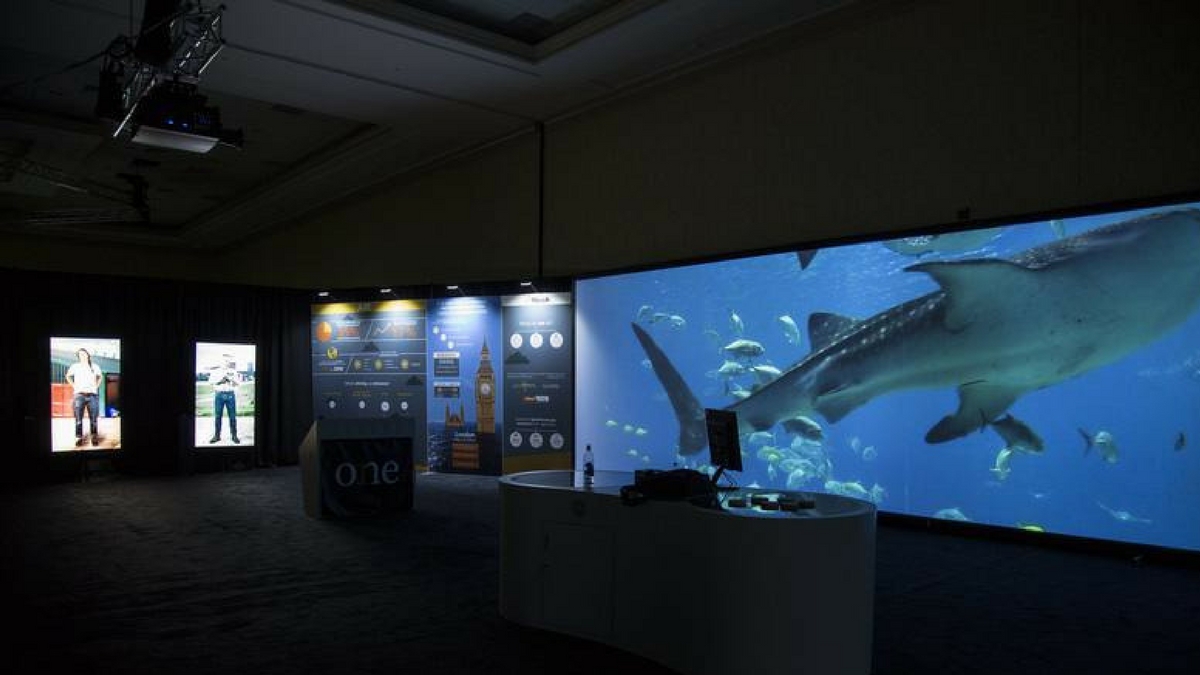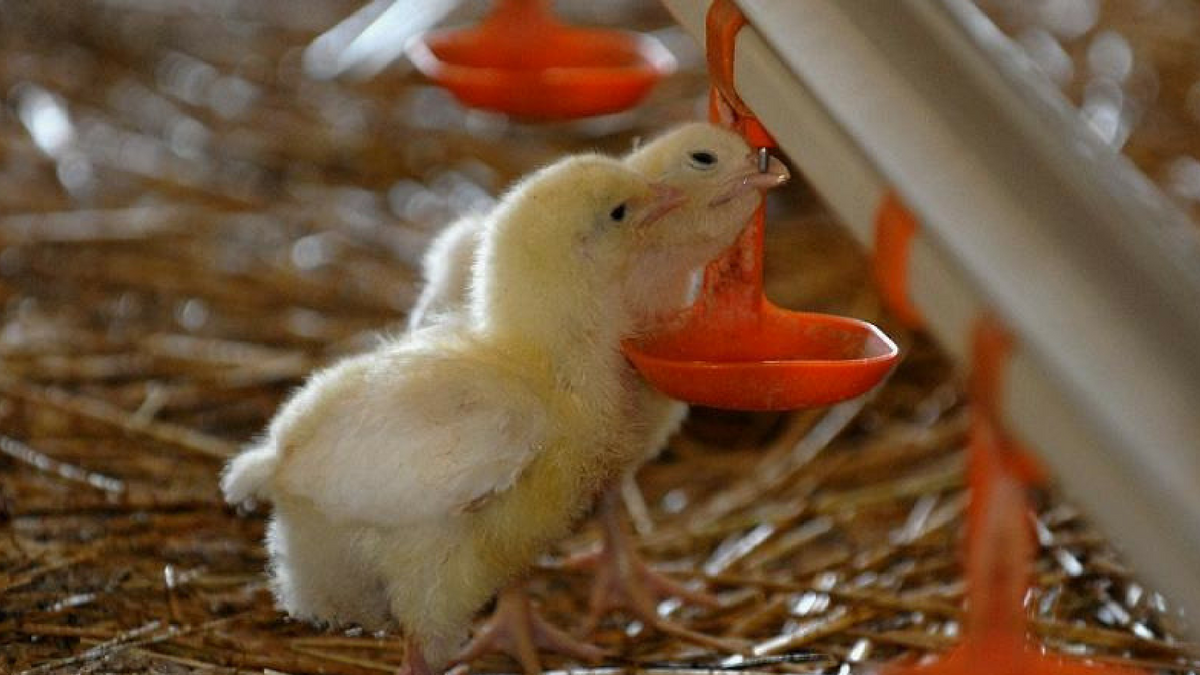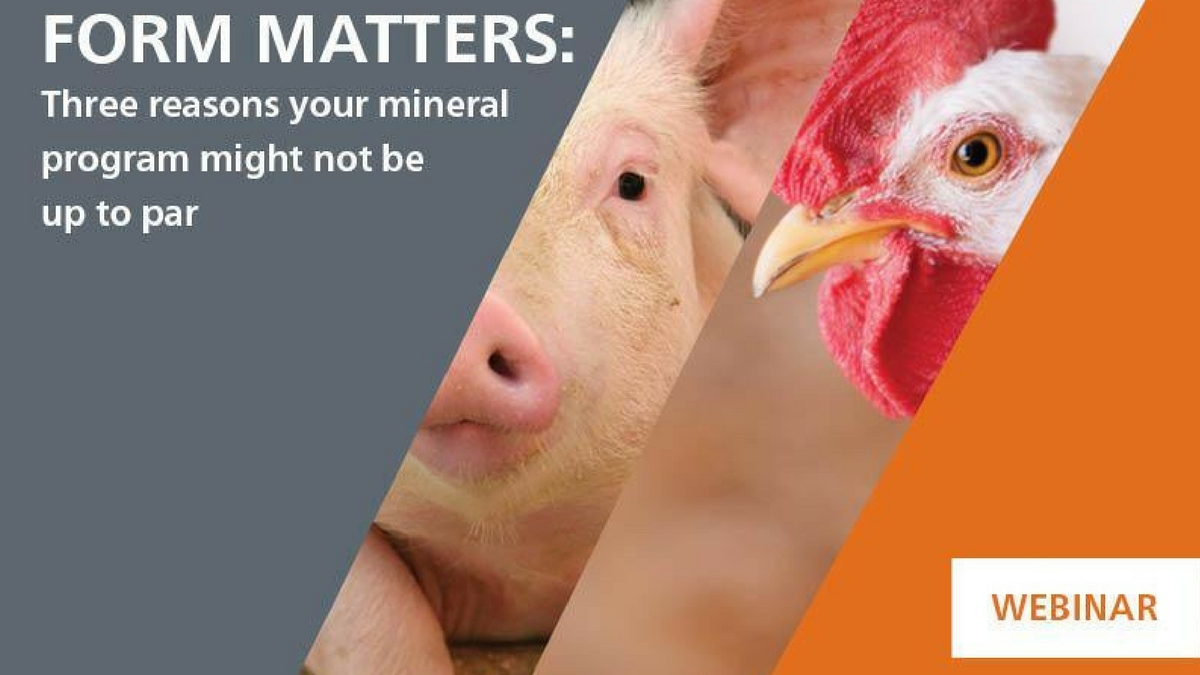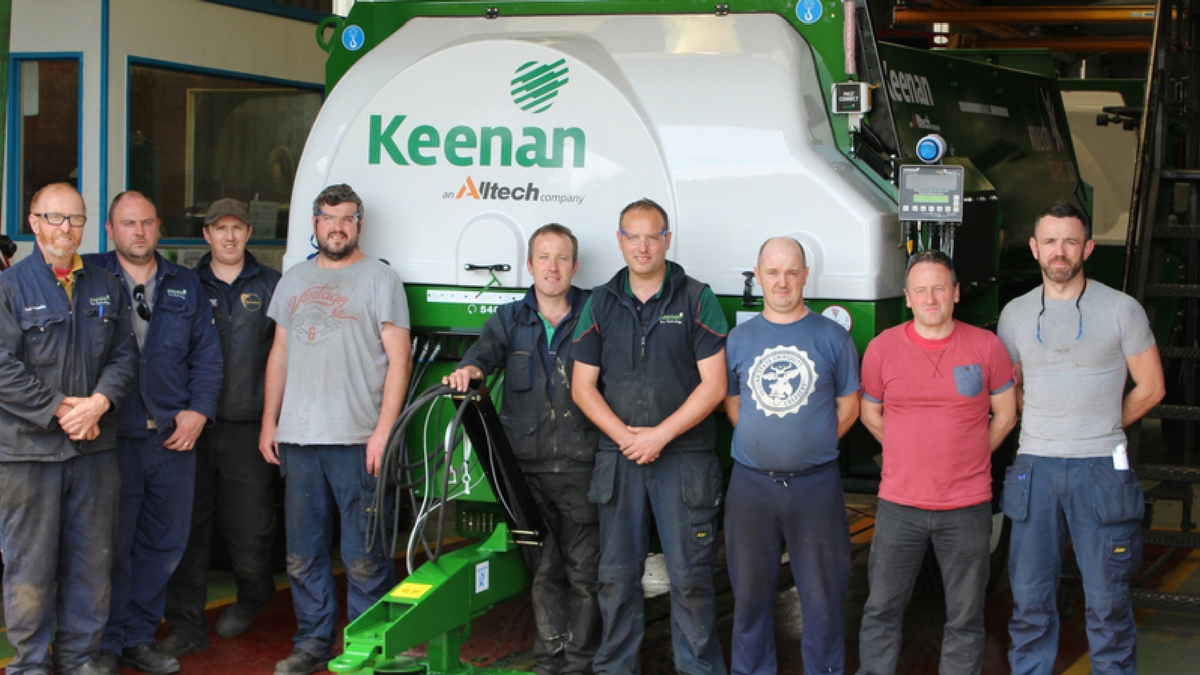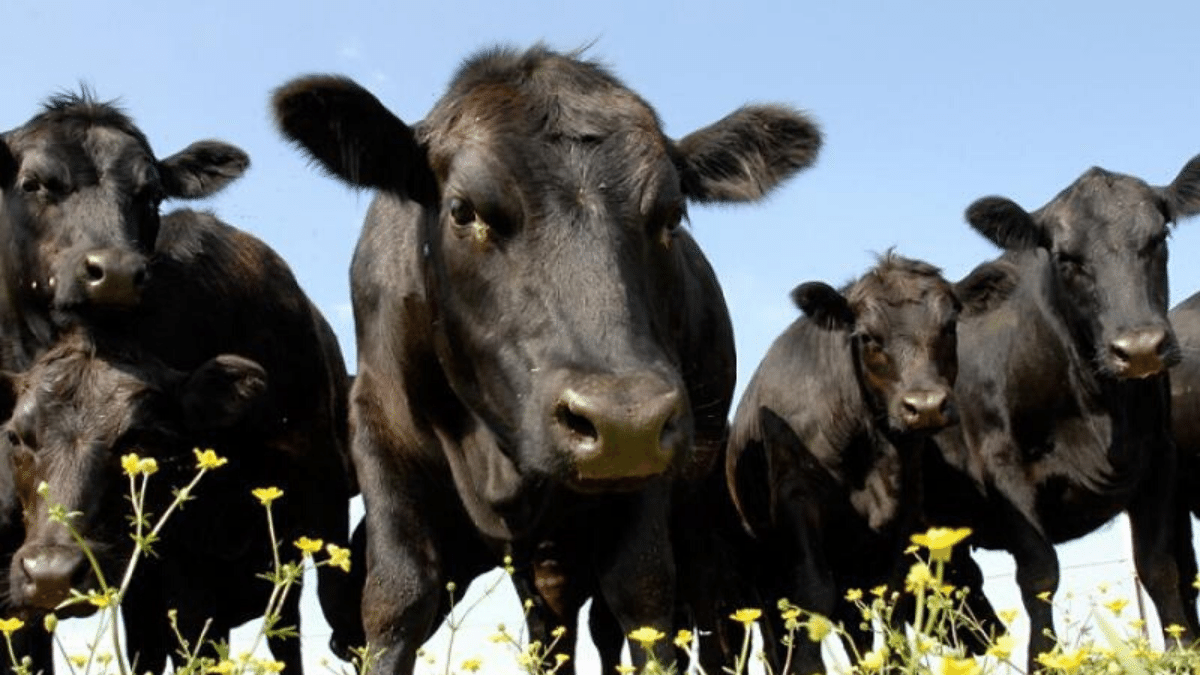Every year when the calendar flips to May 5, the world joins in Mexico's "Cinco de Mayo" celebration of its historic victory over the mighty French forces. In a David and Goliath battle against an army nearly three times its size, soldiers outside the city of Puebla vanquished the invaders in 1862, turning the tide on a military machine that had been undefeated for nearly 50 years.
France may have looked better on paper, but Mexico had a secret weapon that was far more powerful: sheer determination. Outnumbered but not outmaneuvered, Mexico showed the world that with the proper mindset, ambition can trump ammunition.
“I'm a local girl, and it means a lot to me to see graduates be able to stay and have a successful career in their own community.”
Josefina Garcia, manages Alltech's community projects in Serdan.
While the military victory it commemorates took place over 150 years ago, the spirit of the battle of Puebla lives on. Nowhere is that more evident than in Serdan, located in the same state just an hour’s drive from the battleground site. There sits a beacon of hope that reflects the nation's unflagging resolve to advance economically, technologically and societally: Alltech Serdan.
Alltech's Serdan facility is located about 120 miles southeast of Mexico City. The plant produces two main products: Allzyme ® SSF (a natural enzyme complex that maximizes nutrient release) and De-Odorase® (made from yucca extract, which reduces ammonia from animal waste). The state-of-the-art production facility, which has about 200 employees, is one of the largest facilities of its kind in the world. Construction of a new De-Odorase production facility is underway and is expected to more than double production capacity.
Paul Kilgallen has seen Alltech's investment in Serdan grow exponentially in recent years. The resultant benefits to the community – indeed, to the world – show in the faces of those whose lives they have touched, he said.
"You can't imagine what it feels like to see a young person who never even dreamed of having such an opportunity actually succeed," said Kilgallen, who manages Alltech's plant in Serdan. He has seen that happen many times over through Alltech's internship program, which has resulted in permanent employment for numerous candidates. "You see people here wearing 10-year pins, even 20- and some are close to 25-year. People are seeing that you can build a future at Alltech Serdan," he said.
Local worker cultivating one of more than
100,000 Yucca seedlings
grown annually at Alltech Serdan.
Because Serdan is largely rural, in the past residents seeking education and employment usually had to move to urban areas, such as Mexico City, to seek career opportunities. Now, more and more residents of Serdan and the surrounding Puebla region are able to stay there after graduation, said Josefina Garcia, who manages Alltech’s community projects in Serdan.
"I'm a local girl, and it means a lot to me to see graduates be able to stay and have a successful career in their own community," she said. "Before, the only stable employment you could find was in the big cities."
Alltech's efforts in Serdan have had a ripple effect worldwide. Kilgallen offered the example of a Haitian student who, while attending the University of Kentucky, met Dr. Pearse Lyons, president and founder of Alltech (which is headquartered in Lexington, Kentucky). Lyons recruited him for a summer internship at Alltech Serdan, where the student was introduced to the company's innovative work with yucca. Afterward the student brought his knowledge and excitement about yucca back to his home country, where it generated interest. Haiti, still recovering from the massive earthquake of 2010, began exploring yucca as a means to improve its agriculture base and economy.
One of the team's most important projects is planting yucca trees throughout the region, which testifies to Alltech's commitment to sustainability. Alltech's operations in Serdan have received numerous awards for sustainability work from the governing authorities in Ciudad Serdan and in the city of Perote in the Veracruz region.

Yucca trees at Alltech Serdan, Mexico. Background: Pico De Orizaba, highest mountain (Volcano) in Mexico
Kilgallen said there are about 60,000-70,000 yucca seedlings at the Serdan facility, which are replanted in the surrounding regions until they reach full growth. About 15 years after planting, the plants are harvested and transported to Serdan, where the yucca logs are used to produce De-Odorase – always with an eye on sustainability. As Kilgallen noted, "For every tree we harvest, we replant three yucca trees."
Alltech’s Investment in the People and Land in the State of Puebla, Mexico
Employment: 200 (plus, indirect employment through yucca suppliers)
Signature Sustainability: Yucca replanting throughout the region
Community Involvement:
- Provide computers, classroom furniture, play yard and building upgrades for a local primary school
- Donate computers, toys and support for social activities at a disadvantage children’s program
- Have made facility upgrades and provide ongoing support to a school for disabled children
- Employees donate food and clothing to a regional prison
- Provide internships to local universities
- Sponsor para athletes and the Alltech Serdan football team
Alltech's interns, supervised by experienced employees, are currently working on yucca products for an organic certification project. In addition, Alltech's alignment with new yucca suppliers has generated job opportunities, with about 40 new hires by a supplier in Perote.
"You can drive around and see Serdan prospering," said Kilgallen, who over the past several years has witnessed the area bloom into a commercially viable community with a higher standard of living than before.
"We even have Walmart-type stores now,” he added. "You don't see that in towns comparable to Serdan. The improvements on employees' quality of life are clear, even as exemplified by the types of cars now in the facility’s parking lot."
And, their success is paid forward. Some of Alltech's new and ongoing community projects in Serdan include aid to schools for disadvantaged and disabled children, including donations of computers and classroom furniture, as well as upgrades to buildings and play yards. Garcia and her team also help sell products made by students to raise additional funds for the schools. In addition, they make food and clothing donations to the regional prison.

El Cerrito Elementary School, supported by Alltech Serdan














